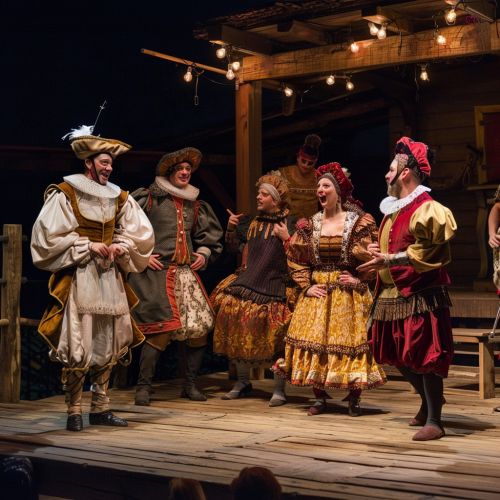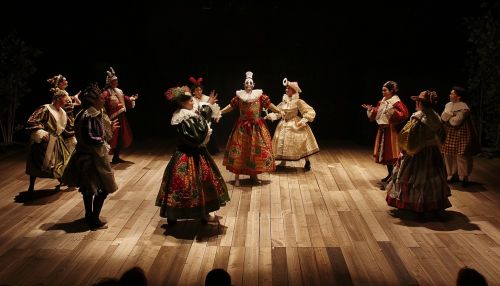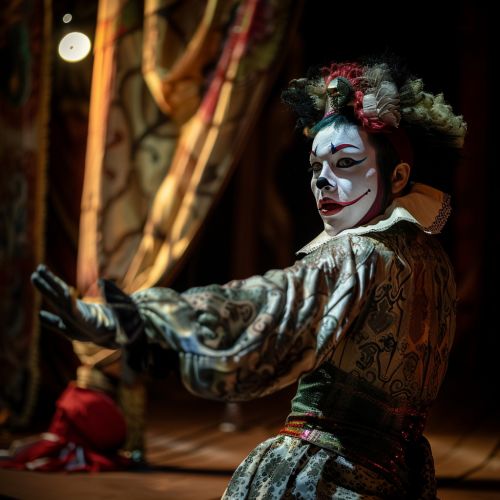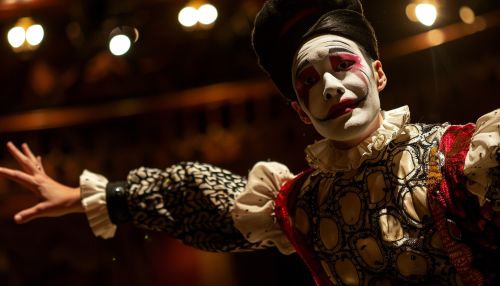French pantomime
Origins and History
French pantomime has its roots in the Italian Commedia dell'arte, a form of theatre that was popular throughout Europe in the 16th to 18th centuries. The Commedia dell'arte was characterized by its use of masks, improvisation, and physical comedy, elements that would later become central to the French pantomime tradition.


In the 18th century, the French pantomime evolved into a distinct form of entertainment, largely due to the influence of Jean-Gaspard Deburau. Deburau, a Bohemian-French actor, is often credited with popularizing the character of Pierrot, a melancholic and dreamy clown, who became a staple of French pantomime.
Characteristics
French pantomime is characterized by its use of physical movement and gesture, rather than spoken or sung dialogue, to tell a story. This emphasis on non-verbal communication is a defining feature of the form, and it requires performers to have a high degree of physical control and expressiveness.
Another key characteristic of French pantomime is its use of stock characters, such as the aforementioned Pierrot, the cunning Harlequin, and the pompous Pantalone. These characters are often portrayed in a stylized manner, with exaggerated costumes and makeup.
Performance Style
The performance style of French pantomime is highly physical, with performers using their bodies to convey emotion and narrative. This can include everything from broad, slapstick comedy to more subtle, nuanced expressions of emotion.


In addition to physical movement, French pantomime also makes extensive use of props and scenery. These elements are often used in imaginative and unexpected ways, adding to the surreal and dreamlike quality of many pantomime performances.
Influence and Legacy
The influence of French pantomime can be seen in many areas of the performing arts, from theatre and dance to cinema and television. Its emphasis on physicality and visual storytelling has been particularly influential in the development of silent film, with directors such as Charlie Chaplin and Buster Keaton citing pantomime as a major influence on their work.
In addition to its influence on other forms of entertainment, French pantomime has also had a significant impact on the development of mime as a distinct art form. Many of the techniques and conventions used in modern mime, such as the 'invisible wall' and the 'rope pull', have their origins in French pantomime.
